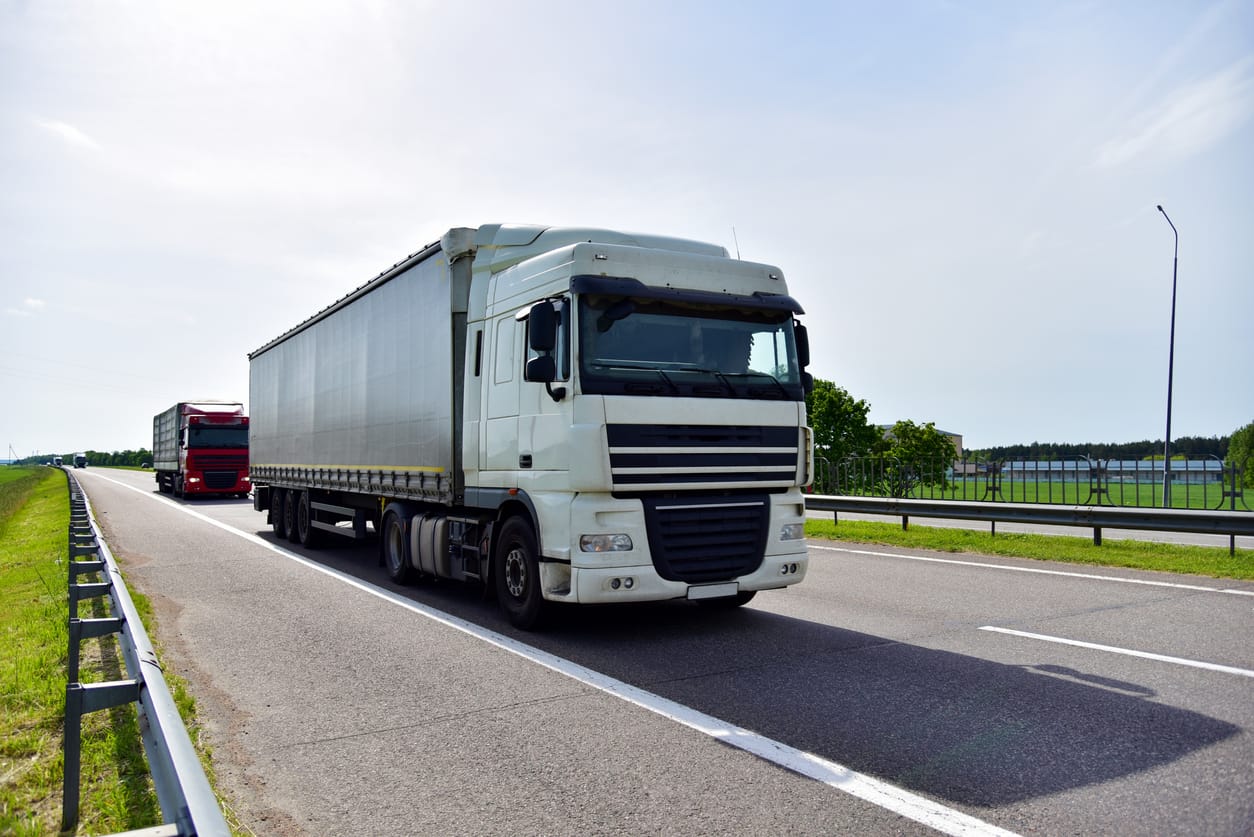When deciding how to transport a vehicle, many people wonder about the differences between open and enclosed car shipping. Open car shipping offers a more economical option, while enclosed shipping provides added protection. This article will explore the characteristics of both services, compare costs, and discuss important factors to consider when making a choice. By the end, readers will have a clearer understanding of which method suits their needs best, helping them make an informed decision for safe and reliable vehicle transportation.
- Open car shipping is a cost-effective way to transport standard vehicles over long distances
- Enclosed car shipping provides extra protection for high-value vehicles against potential damage
- Customers should assess their vehicle’s value and condition when choosing a shipping method
- Delivery times for open transport are generally quicker than those for enclosed shipping
- Understanding insurance coverage is essential for making informed decisions between shipping options
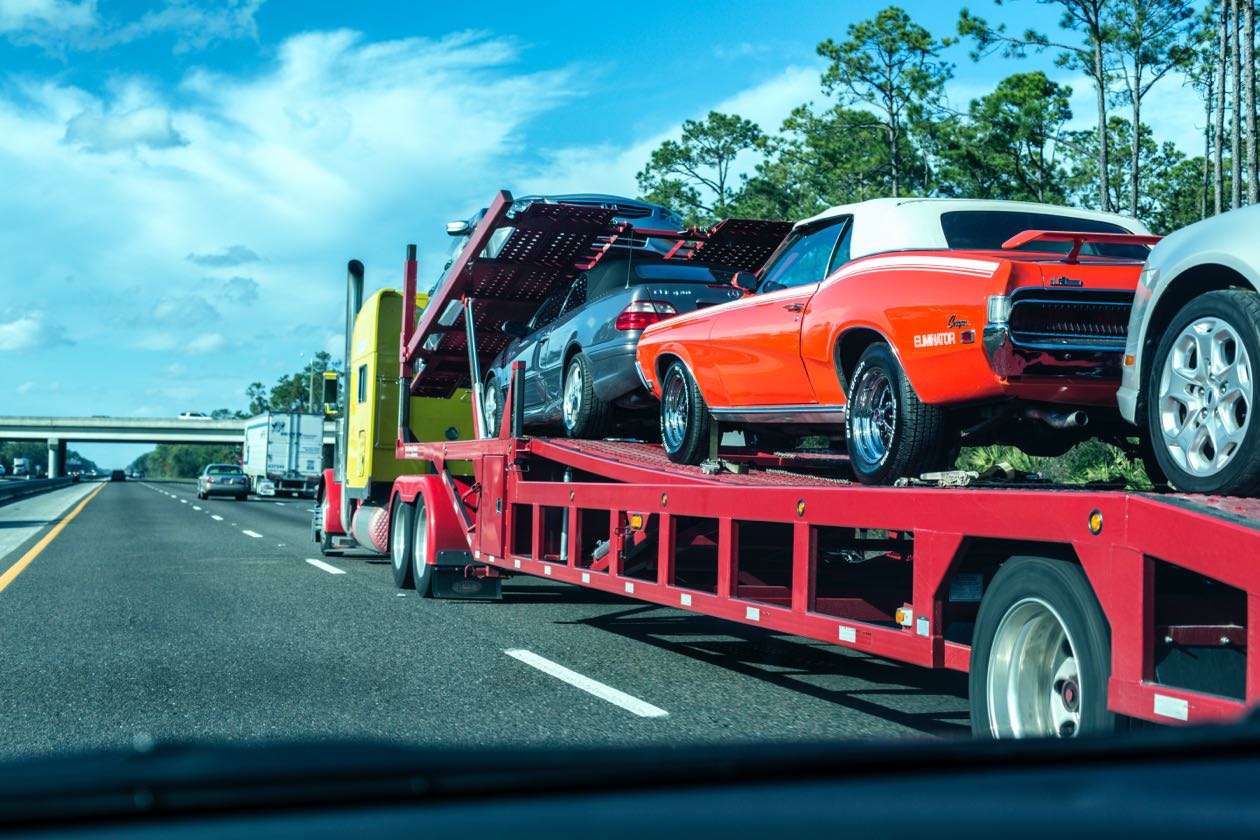
Open car shipping offers a cost-effective solution for transporting vehicles, utilizing exposed trailers for vehicle placement. Common use cases include standard vehicle shipping and dealer transport, but safety concerns about debris and wear are prevalent. Understanding the logistics and associated costs of open shipping is crucial for making an informed decision on vehicle transportation options.
Open car shipping refers to the method of transporting vehicles using open car carriers, which are trailers designed to carry multiple vehicles at once. This approach is often favored due to its cost-effectiveness, with lower fees compared to enclosed shipping. It is commonly used for standard vehicles, providing a practical solution for those looking to move cars over long distances.
One key feature of open car shipping is that vehicles are exposed to the elements during transit. While this may raise concerns about potential risks from road debris and weather conditions, reputable carriers take measures to minimize these hazards. Opting for open shipping can be a suitable choice for individuals and businesses that prioritize budget while being aware of the associated risks.
Open car shipping services are particularly beneficial for individuals and businesses looking to transport multiple vehicles at once, such as car dealerships or auto auctions. The cost savings associated with this method make it an appealing option, allowing shippers to efficiently transport cargo without the additional expenses tied to enclosed auto shipping. For instance, a dealership unloading a new inventory can take advantage of open transport to deliver several cars in one go.
Another common use case for open car shipping is for relocating personal vehicles during moves across state lines. Many families opt for these services when they need to move their vehicles, ensuring that they arrive at their new home without the hassle of driving long distances. While road debris and weather can pose some risks, most reputable carriers ensure that the vehicles are secured properly to mitigate potential damage along the journey.
Businesses frequently utilize open car shipping for fleet transportation. Companies that lease or rely on numerous vehicles often prefer this approach due to its efficiency and cost-effectiveness. When managing a fleet, choosing open shipping can streamline operations while ensuring that all vehicles arrive safely at their destinations:
- Budget-friendly option for transporting multiple cars
- Ideal for dealerships and fleet management
- Efficient for personal vehicle relocation
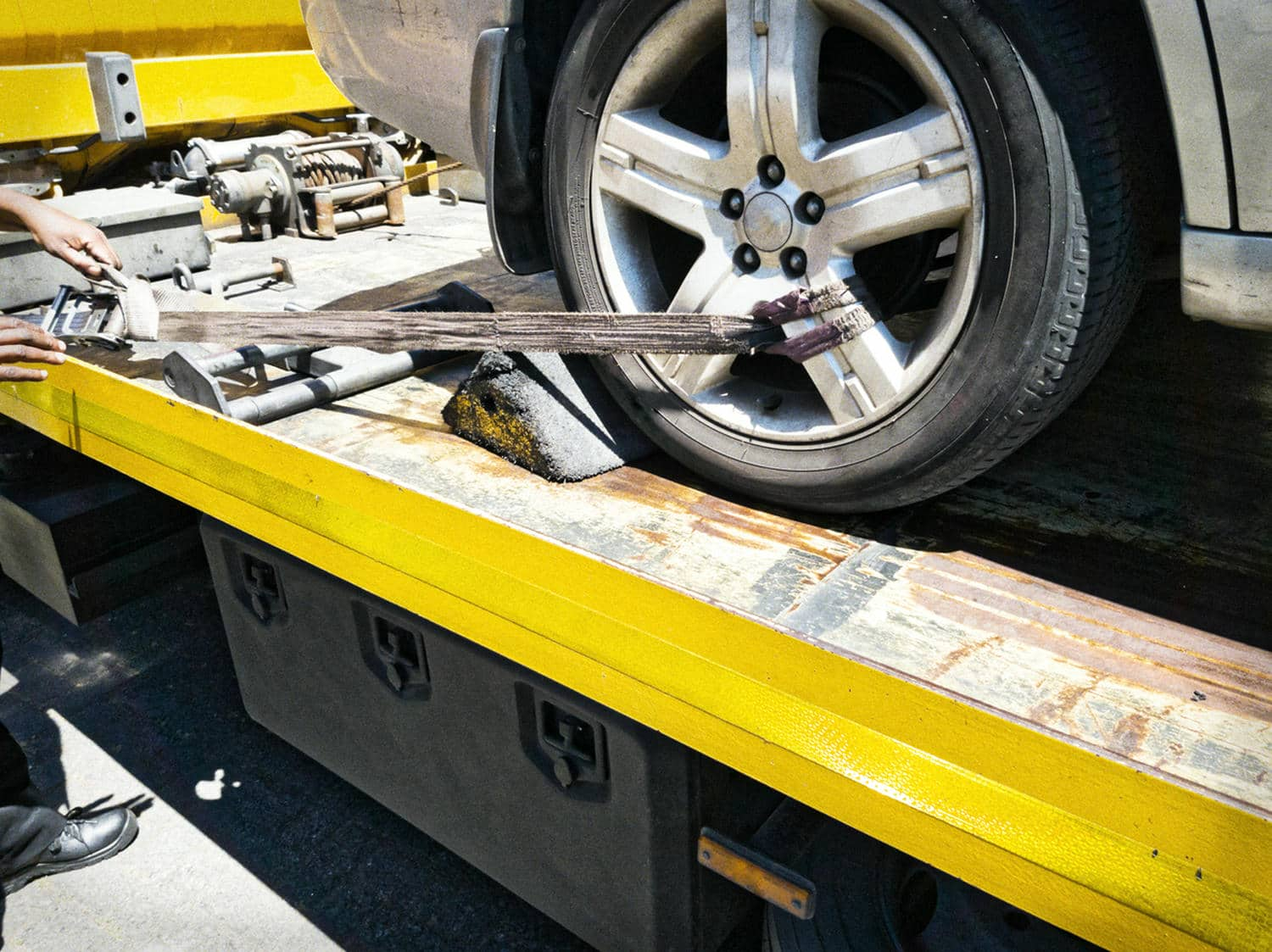
When considering safety for open transport, it is vital to acknowledge that vehicles are exposed to various elements during transit. Although this can lead to concerns about potential damage from road debris and weather conditions, reputable car shipping companies implement strategies to minimize these risks. For instance, many carriers use secure tie-down methods and have procedures in place to protect vehicles during transport.
Another significant aspect of safety in open auto transport is the careful selection of carriers. Customers should research and choose experienced companies with good reputations for reliability. By opting for established car shipping companies that prioritize safety, customers can feel assured that their vehicles are in capable hands throughout the shipping process.
Potential customers considering the difference between open and enclosed car transport often weigh the associated risks with the benefits. Whether one opts for open transport or enclosed auto transport depends on individual needs, budget, and personal comfort levels regarding safety:
- Open transport offers cost-savings but exposes vehicles to the elements.
- Enclosed car transport provides additional protection but at a higher price point.
- Choosing the right carrier enhances safety regardless of the shipping method.
Cost factors related to open car shipping primarily involve the overall affordability of this transport method compared to enclosed car carriers. For consumers seeking economical solutions, open transport generally offers lower fees due to the ability to carry multiple vehicles at once on exposed trailers. This cost-effectiveness appeals to both individual users relocating standard vehicles and businesses such as dealerships needing to ship multiple units simultaneously.
Another aspect impacting costs is the condition of the vehicle being transported. For instance, classic car owners might prioritize enclosed car carriers for added protection, which could lead to higher expenses. However, consumers must weigh the potential savings of open shipping against the risks involved with exposure to the elements, making informed decisions based on their specific vehicle needs and budget.
Additionally, logistical factors also play a crucial role in determining shipping costs for open transport. Elements such as the pickup and delivery locations, distance, and timing can influence the final price. By understanding these factors and communicating effectively with the carrier, consumers can optimize their shipping choices and secure competitive rates that align with their transport requirements.
Open car shipping offers visibility and convenience. Now, let’s turn to enclosed car shipping, where protection meets peace of mind for valuable vehicles.
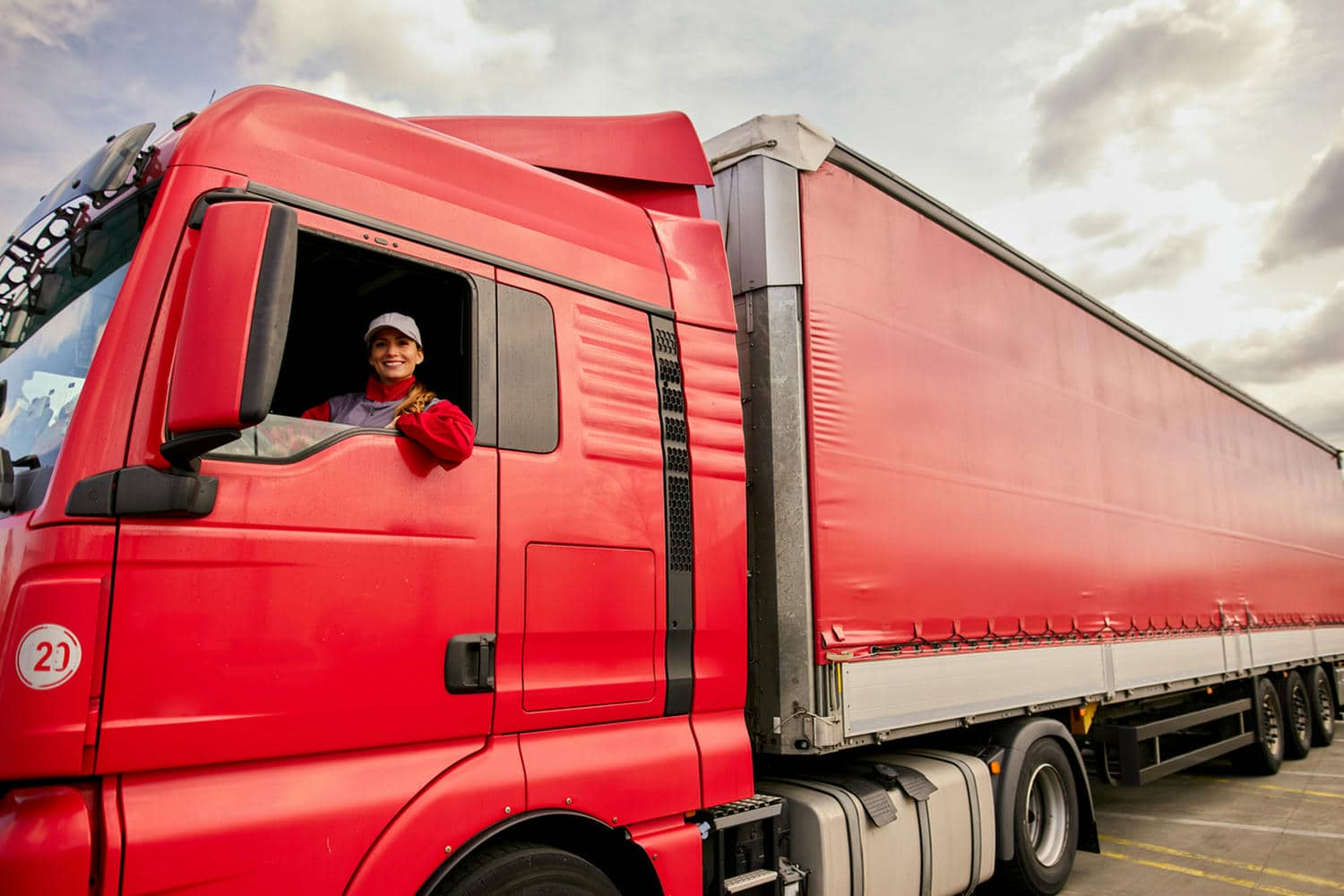
Enclosed car shipping provides a secure method for transporting vehicles, utilizing protective trailers designed to shield cars from potential damage and theft. This section will outline the definition and key features of enclosed transport, discuss when to choose this option, the protection offered against environmental factors, and the cost factors associated with using an enclosed car carrier for vehicle transport, including supercars.
Enclosed car shipping is a premium auto transport option designed to safeguard vehicles from external elements. This method employs specialized trailers that shield cars from debris, weather conditions, and potential theft during transit. Ideal for transporting high-value vehicles such as sports cars, enclosed shipping ensures that these prized assets arrive at their destination in pristine condition.
One of the key features of enclosed car shipping is its ability to protect vehicles from unpredictable climate conditions. Whether facing rain, snow, or extreme sunlight on the highway, enclosed carriers offer a protective barrier that minimizes the risk of damage. This added layer of security is particularly appealing for owners of classic or luxury vehicles who are often concerned about preserving their investment.
Moreover, customers utilizing enclosed auto transport can benefit from a structured policy that emphasizes safety and care throughout the shipping process. Reputable carriers typically offer comprehensive insurance coverage to further ensure peace of mind. With an enclosed approach, vehicle owners can trust that their cars are being handled with the utmost professionalism, leading to a safer and more satisfying transport experience.
Choosing enclosed transport becomes essential for owners of luxury cars who prioritize protection from potential hazards. For example, extreme weather conditions, such as hail, can damage paint and interiors during transit. By selecting an auto transport broker that specializes in enclosed car shipping, vehicle owners ensure their assets arrive in pristine condition.
Additionally, individuals relocating classic or high-value vehicles should opt for enclosed transport to mitigate the risks associated with open car shipping. A truck driver utilizing enclosed carriers offers peace of mind by safeguarding cars from road debris and environmental factors. This approach is particularly valuable for preserving the investment characteristic of luxury vehicles.
Furthermore, enclosed car shipping is an ideal choice when shipping during unpredictable weather seasons. The added protection can effectively shield vehicles from unforeseen elements, making it a favorable option for those looking to ensure their cars remain in top condition. Knowing when to choose enclosed transport means making an informed decision that aligns with a vehicle owner’s security needs and budget.
Criteria | Open Car Shipping | Enclosed Car Shipping |
Cost | More budget-friendly | Higher fees for extra protection |
Protection | Exposed to elements | Shielded from debris and weather |
Best For | Standard vehicles, fleet transport | Luxury cars, classic vehicles |
Insurance | Basic coverage | Comprehensive insurance options |
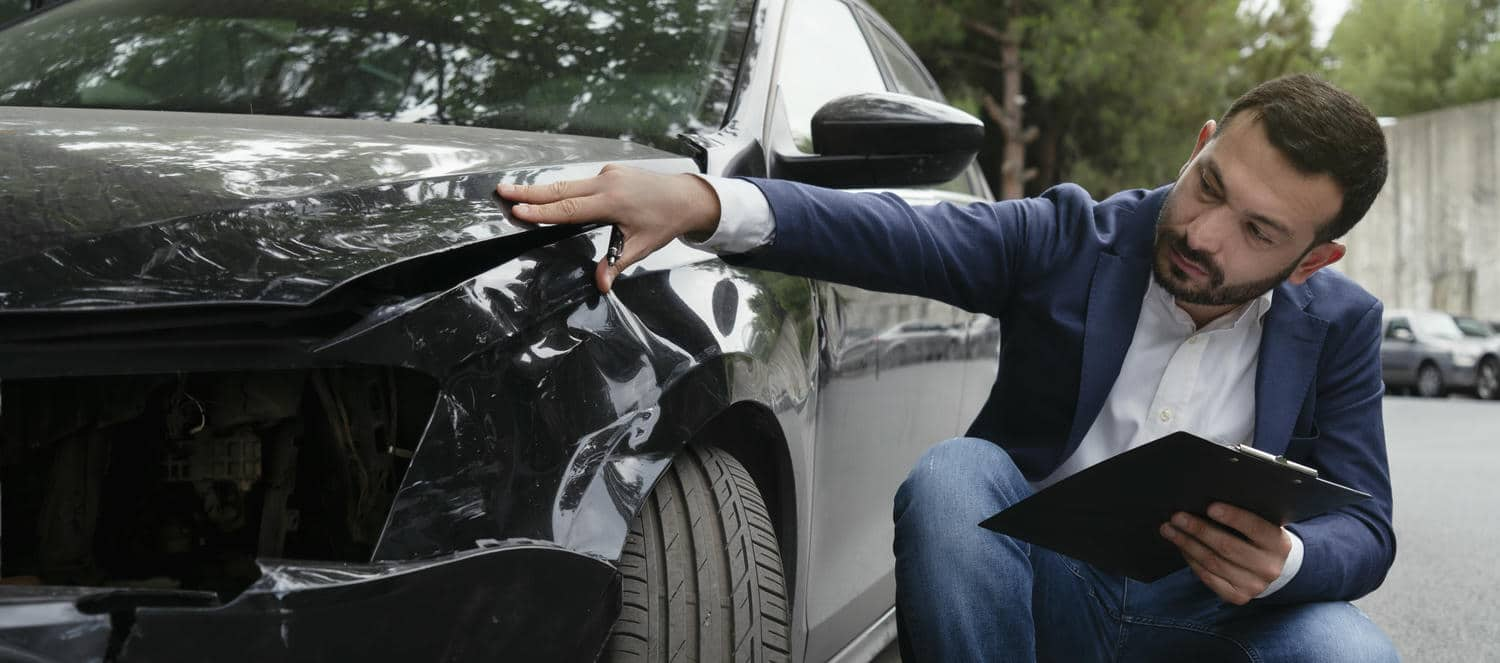
Enclosed car shipping provides a robust layer of protection for vehicles, particularly during adverse weather conditions such as snow. Unlike open car transport, which leaves vehicles exposed to potential damage from road debris and environmental factors, enclosed carriers safeguard cars within protective trailers. This meticulous protection ensures that high-value vehicles reach their destination without the risk of scratches, dents, or other weather-related wear and tear.
Customers considering enclosed transport often pay attention to the expense associated with added protection. While the costs for this method may be higher than open options, vehicle owners can have peace of mind knowing their investments are shielded from harm. Additionally, well-established carriers typically provide a detailed bill of lading that outlines the vehicle’s condition before transport, further ensuring transparency and security throughout the transit process.
Choosing enclosed shipping is particularly advantageous for owners of classic cars or luxury vehicles, where maintaining pristine condition is a priority. These services often include comprehensive insurance coverage that protects against potential incidents during transport. By opting for enclosed transport, customers can effectively address their concerns regarding the safety and integrity of their vehicles, allowing them to focus on other aspects of their move or transportation needs with confidence.
The cost factors related to enclosed vehicle transport primarily revolve around the higher fees associated with this premium method. Enclosed transport is often chosen for its ability to protect high-value vehicles from damage during transit, which naturally leads to increased costs compared to open transport. Vehicle owners must consider how the added protection aligns with their budget and the specific needs for their vehicle transport.
Another significant cost factor is the weight of the vehicle being transported. Heavier vehicles generally incur higher shipping fees due to the logistics involved in the transportation process. Companies may charge more based on the weight because it affects fuel efficiency and may require more robust equipment to ensure the secure transport of heavier cars.
Ultimately, vehicle owners should weigh the benefits of enclosed transport against the expense. A detailed assessment of how each factor—such as distance, vehicle weight, and required protection—impacts overall costs will enable individuals to make informed decisions regarding their vehicle transport needs:
- Higher fees are associated with enclosed vehicle transport due to added protection.
- Weight impacts shipping cost and logistics of enclosed transport.
- Understanding costs helps vehicle owners make informed decisions.
Enclosed car shipping protects your vehicle like a fortress, but it comes with a price. Next, a simple cost comparison reveals whether that extra safety is worth the expense.
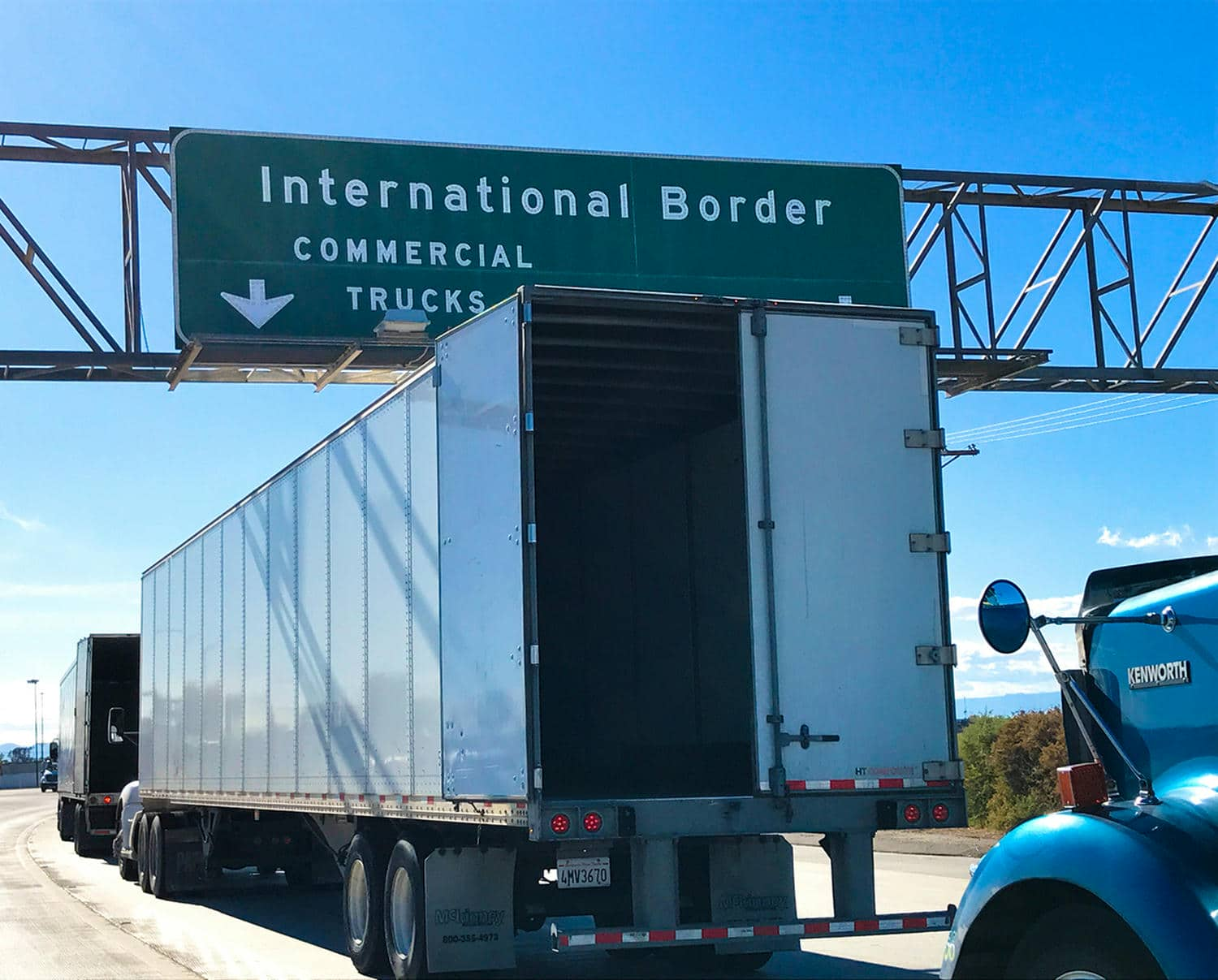
The cost comparison between open and enclosed car shipping highlights several key areas. Typical price ranges for open car shipping tend to be more budget-friendly, while enclosed services command higher fees due to added protection. Factors influencing costs include vehicle weight, distance, and logistics. Additionally, hidden fees and charges may apply, making it essential for customers to examine all aspects to avoid unexpected expenses.
Typical price ranges for open car shipping generally fall between $600 and $1,200, depending on various factors such as distance and vehicle type. For instance, a standard sedan transported across a short distance may cost significantly less than a larger vehicle like an SUV shipped over a long route. Understanding these price ranges helps customers assess their budget and manage expectations regarding their vehicle transport costs.
Moreover, seasoned transport providers often consider the demand for vehicle transport as well as fluctuations in fuel prices when determining costs for open shipping. During peak seasons, customers might encounter slightly elevated fees due to increased shipping requests. Staying informed about these market dynamics enables individuals to make strategic decisions regarding the timing of their vehicle transportation.
In practical scenarios, individuals relocating across state lines often find open car shipping to be a cost-effective choice. For example, a family moving from California to Texas would likely face lower expenses by opting for open transport instead of driving their vehicles long distances themselves. By considering the financial implications of open car shipping, customers can make more economical choices aligned with their transportation needs.
Typical price ranges for enclosed car shipping usually fall between $1,200 and $2,000, depending on various factors such as distance and vehicle type. High-value vehicles, like luxury or classic cars, typically warrant this premium service for added protection against potential damage during transport. In many cases, the expense of enclosed shipping reflects the quality and safety measures involved in protecting the vehicle.
Factors such as the geographic distance between pickup and delivery points impact the cost of enclosed car shipping services. For instance, transporting a vehicle across several states will likely result in higher fees versus local transport. Customers should also consider additional expenses, such as insurance coverage options that offer further security, which can contribute to the overall investment in enclosed shipping.
Understanding the costs associated with enclosed car transport can help customers make informed decisions that align with their budget and needs. Factors influencing these prices include vehicle weight, pickup location, and shipping demand. By evaluating one’s specific requirements, individuals can better assess whether enclosed shipping offers the right balance of protection and affordability for their unique situation:
- Typical price ranges for enclosed car shipping fall between $1,200 and $2,000.
- Distance between pickup and delivery impacts the overall cost.
- Weight and specific vehicle considerations may affect shipping fees.

Several factors influence the costs associated with open and enclosed car shipping services. One significant aspect is the distance between pickup and delivery locations. Longer distances typically result in higher shipping fees due to increased fuel consumption and time spent on the road. Customers should consider the geographical factors involved, as these play a crucial role in determining final costs.
The type and weight of the vehicle also affect the overall shipping costs. Heavier vehicles often incur higher fees because they demand more robust transportation logistics. For instance, a large SUV may cost more than a standard sedan when shipped via either method, necessitating an understanding of how vehicle specifications can impact pricing and help in budgeting appropriately.
Additionally, seasonal demand fluctuations can lead to variations in shipping prices. During peak moving seasons, car shipping services may increase their rates due to higher demand. Customers should remain aware of market trends and plan accordingly, as choosing the right time for transport can lead to savings and more favorable pricing conditions, aligning with their transportation needs.
When considering car shipping options, it’s vital for customers to be aware of potential hidden fees and additional charges that may arise during the process. Carriers may include costs such as fuel surcharges, which can vary based on current gas prices or transportation distances. Additionally, fees for specific services like expedited shipping or enclosed transport can significantly increase the overall expense, making it essential to clarify these costs upfront.
Another common charge that customers should watch for involves handling fees. These fees can apply if a vehicle requires special attention during pickup or delivery, particularly for luxury or oversized vehicles. Understanding these possible charges helps customers ask the right questions when securing quotes, enabling them to budget more accurately for both open and enclosed car shipping options.
Ultimately, thorough communication with the chosen carrier is key to avoiding surprises. Customers ought to request a detailed breakdown of all costs associated with their car shipping service, which can provide transparency and build trust. By inquiring about potential hidden fees and ensuring these are included in initial estimates, customers can make informed decisions that align with their transportation needs and prevent unexpected financial burdens.
Now that the costs are laid bare, the decision looms. Understanding the right factors can guide the choice between methods and ensure the vehicle arrives safe and sound.

When selecting between open and enclosed car shipping, several factors require careful consideration. The value and condition of the vehicle play a crucial role in determining the appropriate method for transport. Additionally, the distance and duration of transport can influence the choice, as can budget constraints and financial factors. Lastly, understanding the differences in insurance coverage for each shipping type ensures vehicle owners make informed decisions regarding their transport needs.
When choosing between open and enclosed car shipping, the value of the vehicle plays a significant role in the decision-making process. Higher-value vehicles, such as luxury cars or classic models, often require the added protection offered by enclosed shipping. This method minimizes the risk of damage from environmental elements and road debris, ensuring that these valuable assets arrive in excellent condition.
The condition of the vehicle also influences shipping choices. For example, if a vehicle has existing wear or requires careful handling, enclosed transport may provide the best safety measures. Owners can rest assured that their cars are shielded from potential hazards, which can be crucial for maintaining their investment and ensuring long-term satisfaction.
The distance of transport plays a crucial role when deciding between open and enclosed car shipping. Longer trips generally necessitate a more careful approach due to the time the vehicle spends on the road. For instance, a vehicle transported across the country may benefit from enclosed shipping to safeguard it against the elements and potential road debris that could cause damage over many miles.
Additionally, the duration of the transport directly influences the condition of the vehicle upon arrival. Open car shipping, while more economical, exposes vehicles to weather conditions and possible hazards for prolonged periods. In contrast, enclosed shipping provides an added layer of protection and peace of mind, especially for those whose vehicles require careful handling or are particularly valuable.
When considering vehicle transport, budget constraints play a significant role in the decision process between open and enclosed car shipping. Open car shipping typically offers a more cost-effective solution, appealing to those who prioritize affordability over enhanced protection. For example, individuals relocating standard vehicles often find that choosing open transport aligns better with their financial goals, especially when managing multiple vehicle shipments.
In contrast, enclosed car shipping involves higher fees due to the specialized trailers and additional protection provided during transport. Vehicle owners with luxury or classic cars must weigh the expense against the potential risks of open transport. Understanding the financial implications, including any available insurance coverage specific to the shipping method, allows customers to make informed choices that safeguard their investments without exceeding their budgets.
Ultimately, evaluating the balance between cost and protection is essential. Customers need to consider factors such as distance, vehicle type, and their specific needs to determine which shipping method suits their budget and requirements best. By carefully assessing their financial situation alongside the advantages and disadvantages of each option, vehicle owners can secure a shipping solution that meets both their monetary constraints and vehicle protection priorities.
When comparing open and enclosed car shipping, understanding the differences in insurance coverage is essential. Open car shipping often comes with basic insurance, which may cover damage or loss during transit, but the protection level is typically lower than that offered by enclosed transport services. Customers should carefully review the insurance policies provided by car shipping companies to ensure they meet their specific needs and expectations.
Enclosed car shipping generally includes more comprehensive insurance coverage, which is ideal for high-value vehicles that require extra protection. This added level of security can give peace of mind for owners of luxury or classic cars, knowing that their investments are better safeguarded against potential damages while being transported. In this case, reputable carriers offer detailed documentation outlining coverage specifics, helping customers make informed decisions regarding their transport options.
Considering the insurance implications can significantly influence the choice between open and enclosed shipping. Customers who prioritize cost-effectiveness may lean towards open transport, but must account for potential risks. On the other hand, those shipping high-value vehicles should weigh the importance of comprehensive coverage against the additional expenses of enclosed transport, leading to choices that align with their budget and protection requirements:
- Open car shipping typically offers basic insurance coverage.
- Enclosed car shipping provides comprehensive insurance for high-value vehicles.
- Reviewing insurance policies helps meet specific needs and manage expectations.
Choosing the right shipping method isn’t just about costs; it’s also about peace of mind. Let’s look at real-life examples that illustrate the best choices for different situations.

Understanding when to choose open or enclosed car shipping is essential for effective transportation decisions. Case studies will illustrate practical scenarios, including the unique needs of shipping a classic car, the considerations for a daily driver, and the differences between shipping across states versus locally. Each example highlights the factors that influence the right choice for vehicle transport.
When shipping a classic car, the choice between open and enclosed car shipping can significantly impact the vehicle’s safety. For many classic car owners, the value of their investment and the desire to preserve its condition make enclosed transport the ideal option. This method protects the vehicle from environmental factors and debris, ensuring it arrives at its destination without any damage.
Utilizing enclosed car shipping allows owners to feel confident that their classic vehicle is shielded from unpredictable weather and potential harm during transit. Reputable carriers for enclosed transport often provide additional insurance coverage, which is crucial for high-value cars. This security offers peace of mind, knowing that the vehicle is treated with care throughout the shipping process.
In practical scenarios, a classic car owner relocating across the country might choose enclosed car shipping over open transport, despite the higher cost. The added protection provided by an enclosed carrier mitigates risks associated with long-distance travel. By prioritizing safety and condition, owners can ensure their prized classic car remains in excellent shape during its journey.
When it comes to shipping a daily driver, many individuals prioritize convenience and affordability. Open car shipping serves as a practical option for transporting vehicles used for day-to-day activities. This method allows for multiple vehicles to be shipped simultaneously, making it a cost-effective solution while still ensuring that the car reaches its destination safely.
For example, a family relocating across the country may choose open transport to send their daily vehicle without the need for long drives. Open carriers provide a reliable means of transport, offering peace of mind that the vehicle will remain safe during the journey with reputable carriers using secure tie-down methods. Customers can trust that their daily drivers will arrive on time and in good condition without incurring excessive costs.
When deciding between open and enclosed shipping for a daily driver, the individual’s budget and risk tolerance play significant roles. Those comfortable with potential exposure to the elements for the sake of savings will find open car shipping aligns with their needs. The benefits of choosing open transport for everyday vehicles can be summarized in a few key points:
- Cost-effective solution for transporting daily drivers.
- Convenient for families relocating over long distances.
- Reliable carriers ensure safe transport using secure methods.
When deciding between open and enclosed car shipping, the distance of transport can greatly affect the decision-making process. For instance, someone relocating a vehicle across several states may prefer enclosed transport to protect it from prolonged exposure to varying weather conditions and road debris. The added protection from an enclosed carrier ensures that the vehicle remains in optimal condition during the long journey.
In contrast, shipping within a local area often allows for more flexibility in choosing open transport. Customers may consider open car shipping for shorter distances due to its cost-effectiveness and reliability. Families moving their daily drivers within the same city or region may find that open transport meets their needs efficiently, providing peace of mind without excessive expenses.
Ultimately, the choice between open and enclosed shipping depends on the specific circumstances and vehicle needs. Evaluating factors such as transport distance, vehicle value, and individual budget can guide customers toward an informed decision. Here are some considerations to help guide the decision between shipping across states and locally:
- For long-distance moves, enclosed transport offers additional protection.
- Open car shipping is ideal for local or short-distance deliveries.
- Assessing vehicle value can influence the choice of shipping method.
As decisions grow clearer, questions often arise. This next section will tackle the common concerns about open and enclosed shipping, offering insights that will guide your choice.

This section addresses essential questions regarding open and enclosed car shipping services. It explores how these transport methods function, shares customer experiences with both options, and provides insights on assessing the reliability of a shipping company. Additionally, it outlines typical delivery times for each method, ensuring readers gain a comprehensive understanding of their vehicle transport choices.
Open and enclosed car shipping services operate on distinct principles tailored to meet varying customer needs. Open car shipping involves transporting vehicles on exposed trailers, allowing carriers to maximize efficiency by hauling multiple vehicles simultaneously. This method is popular for standard cars due to its cost savings, as it provides a budget-friendly solution while still ensuring reliable transport.
In contrast, enclosed car shipping utilizes specialized trailers that protect vehicles from external elements such as weather and road debris. This service is often preferred for high-value vehicles, like luxury or classic cars, where enhanced security and protection are paramount. Customers benefit from this method as it minimizes the risks of damage during transit, ensuring their investments remain in pristine condition.
Both methods navigate specific logistics that influence the overall shipping experience. Factors such as pickup and delivery locations, distance, and the weight of the vehicle affect cost and transit times. By understanding these elements, customers can make informed decisions that align with their transportation preferences and budget:
- Open shipping is cost-effective for standard vehicles.
- Enclosed shipping offers protection for high-value vehicles.
- Logistics play a crucial role in determining costs and delivery times.
Customer experiences with open car shipping often highlight the cost advantages associated with this method. Many individuals appreciate the affordability of open transport, especially for standard vehicles and larger shipments. Various users have expressed satisfaction with the reliable delivery of their cars, noting that the potential exposure to the elements was acceptable given the significant savings on shipping costs.
On the other hand, those who choose enclosed car shipping typically emphasize the peace of mind that comes with added protection. Owners of luxury or classic vehicles frequently report feeling reassured knowing their prized assets are shielded from environmental hazards. These customers often mention that the higher costs of enclosed transport are justified by the comprehensive insurance and care provided during transit.
Overall, customer reviews underscore the importance of selecting reputable carriers for both open and enclosed shipping. Satisfied clients often recommend thorough research to ensure the chosen transport company has a good track record in delivering vehicles safely and on time. Whether opting for open or enclosed transport, experience suggests that understanding personal preferences and needs is crucial for a positive shipping outcome.
Assessing the reliability of a shipping company involves thorough research into their reputation and performance history. Customers can begin by checking online reviews and ratings on platforms like Google and Yelp to determine the experiences of previous clients. A high volume of positive reviews and testimonials often indicates a dependable company, while negative feedback may highlight potential issues to consider before making a decision.
Moreover, customers should confirm the credentials and certifications of the shipping company. Reliable carriers often possess valid licenses, insurance, and accreditation from relevant organizations, ensuring they adhere to industry standards and regulations. Verifying these credentials not only enhances confidence in the transport provider but also offers protection in case of any unforeseen circumstances during the vehicle shipping process.
Finally, effective communication is key in assessing a shipping company’s reliability. A trustworthy company should be responsive and provide clear, detailed information regarding their services, pricing, and insurance options. Potential customers should not hesitate to ask questions or request clarifications, as a company’s willingness to engage demonstrates their commitment to customer service and transparency throughout the shipping experience.
The typical delivery times for open and enclosed car shipping services can vary significantly based on several factors, including distance and vehicle type. Generally, open car shipping tends to offer faster delivery options since these carriers often operate on more efficient schedules, transporting multiple vehicles at once. For instance, a vehicle shipped from California to Texas can expect delivery within 5 to 10 days, aligning with the streamlined logistics of open transport.
On the other hand, enclosed car shipping may take slightly longer due to fewer carriers available and the need for meticulous handling of high-value vehicles. Delivery times for enclosed transport are often estimated between 7 to 14 days, reflecting the unique requirements for safeguarding luxury or classic cars during transit. For customers looking to transport a special vehicle, this additional time can be well worth the peace of mind that comes with enhanced protection.
Ultimately, understanding the typical delivery times for each shipping method allows customers to set realistic expectations regarding their vehicle’s arrival. Whether opting for open or enclosed transport, buyers should communicate directly with their chosen carrier to clarify timelines and ensure that their specific needs are met. By being well-informed, individuals can better plan their vehicle shipping experiences, whether for personal relocations or business logistics.

Understanding the differences between open and enclosed car shipping is vital for vehicle owners seeking to make informed transportation choices. Open shipping presents a budget-friendly option with notable savings, while enclosed transport provides enhanced protection for high-value automobiles. Each method comes with its own set of advantages and considerations, allowing customers to tailor their selections according to their specific needs and financial constraints. By weighing the factors discussed, individuals can confidently choose the shipping option that best aligns with their vehicle’s value and their transportation goals.
If you need to ship a car—whether it’s on an open car carrier or in a fully enclosed trailer—call Ship A Car, Inc. today at (866) 821-4555. Our team will provide you with a detailed quote tailored to your needs or you can use our auto transport calculator for an instant, free shipping estimate. Ship A Car, Inc. expertly transports vehicles of all types across all 50 U.S. states, including Hawaii and Alaska. Trust our experience and customer-first approach to get your vehicle where it needs to go—safely, securely, and on time.
*All data and car shipping rates found in this article are accurate at time of publication and subject to change.


